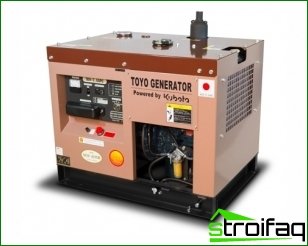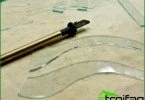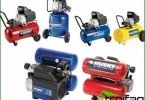When choosing diesel generators, it is extremely important to correctly select all the characteristics inherent in these devices. And, of course, it is necessary to carefully correlate them with the existing reality, with the conditions in which the equipment will have to work, adhere to economic and technical feasibility. One of the main, but, unfortunately, not often getting the attention of users, parameters is the phase, which is absolutely allocated to all diesel generators.
It, of course, can equal only one or three. Many mistakenly believe that «the bigger, the better», and then they have to pay quite dearly for their mistake. We’ll talk about the difference between single-phase and three-phase models today, as well as when and which is better to prefer..
What does phasing mean??
Perhaps there is no such person who in everyday life does not come across devices whose passport says that they are designed for 380V. Everyone who remembers the school physics course understands that the difference between 220V and 380V is enormous, and when organizing a common power grid, if both devices are present in it, this cannot be ignored.
If the presence of electronics and high-voltage technology is neglected, a sad effect arises «phase imbalance», leading, at best, to failure of the load due to uneven distribution of loads.
It is precisely in such cases that three-phase type diesel generators are needed. In addition, it is worth remembering that single-phase models, without exception, produced by diesel generators today are able to serve the total power consumption, not exceeding only 16 kW. If the calculated power of the network exceeds this indicator, it is better to choose three-phase type diesel generators.
Advantages of Three Phase Modifications
Despite the fact that the use of three-phase models of ordered diesel generators is clearly limited by certain conditions, one cannot but recall a number of their significant advantages over single-phase counterparts. Firstly, such units significantly more evenly and competently distribute the load, and at the output they give a very high quality of current in all parameters.
The fact is that the organization of such models seems much more complicated, often it is completely based on inverter technologies. They certainly include in their structure an impossible number of sensors and controllers, systems for automatically responding to certain indicators.







